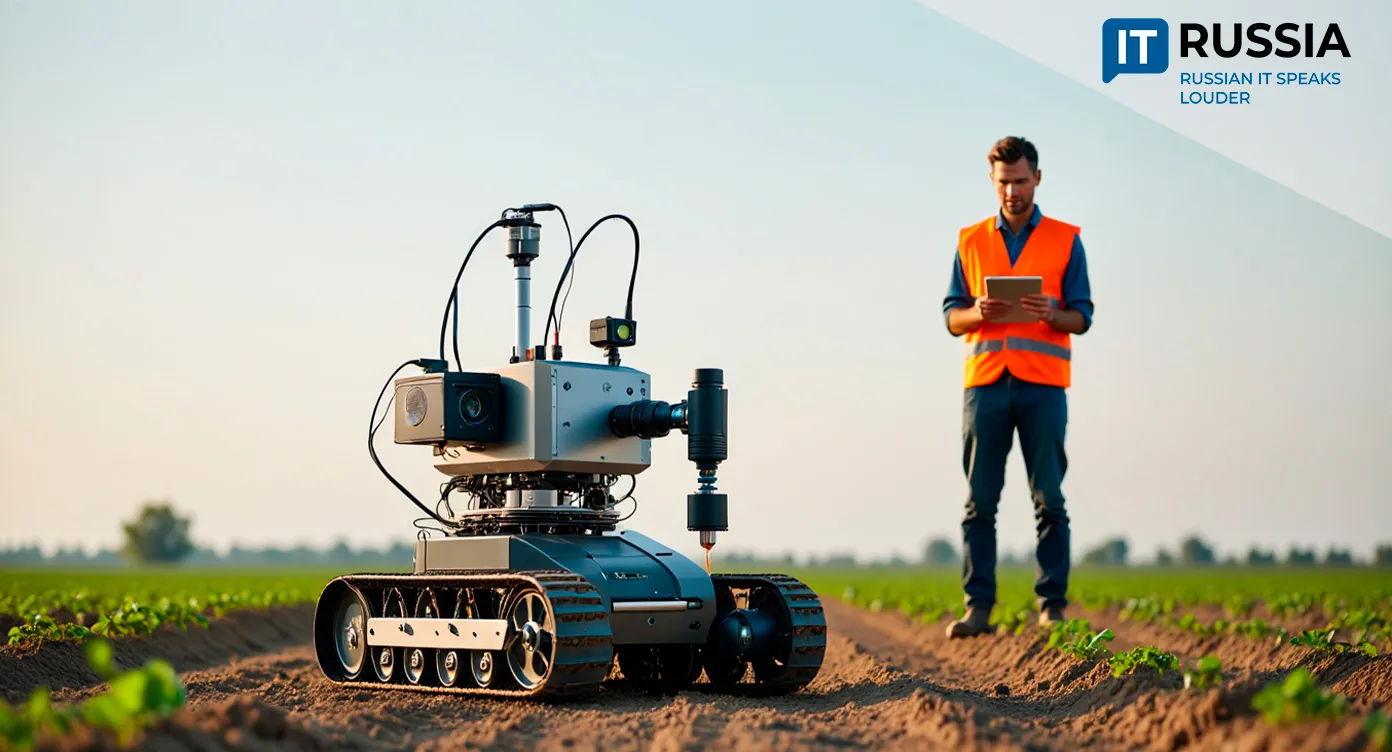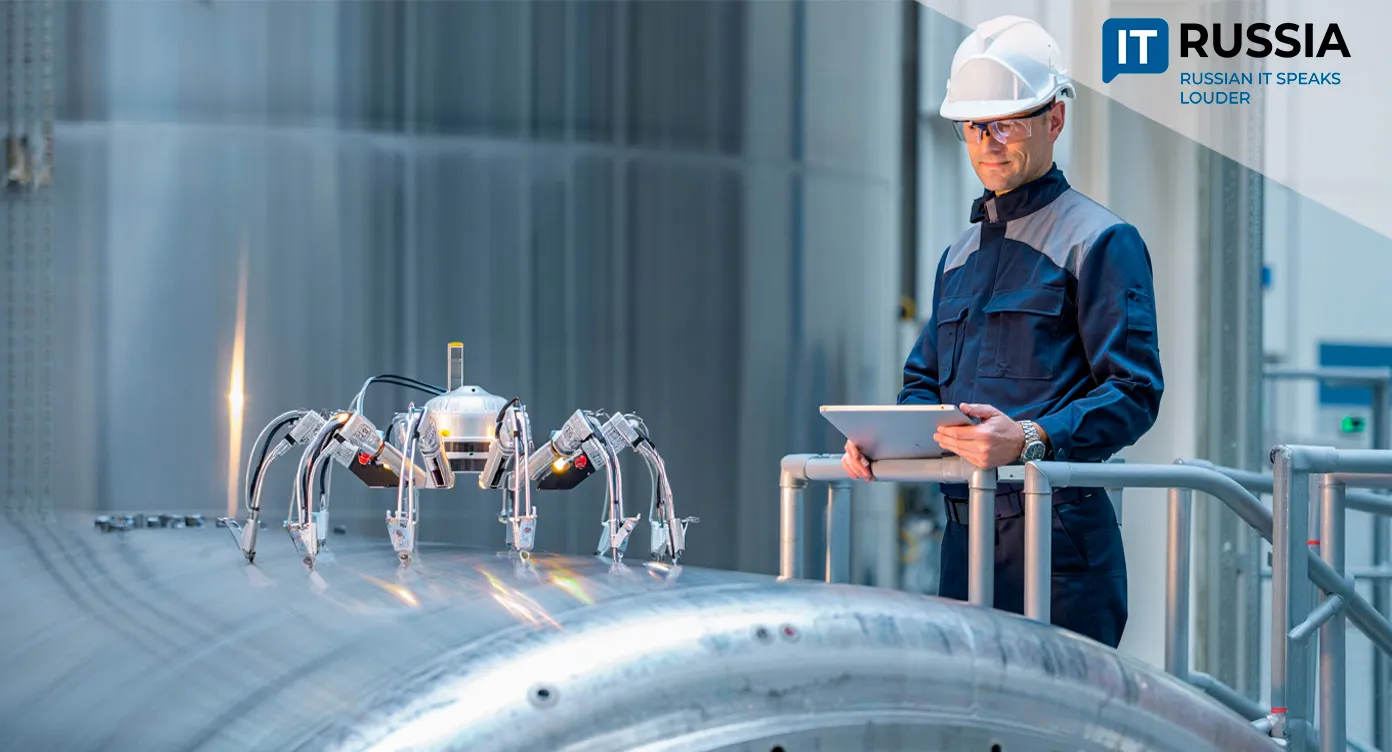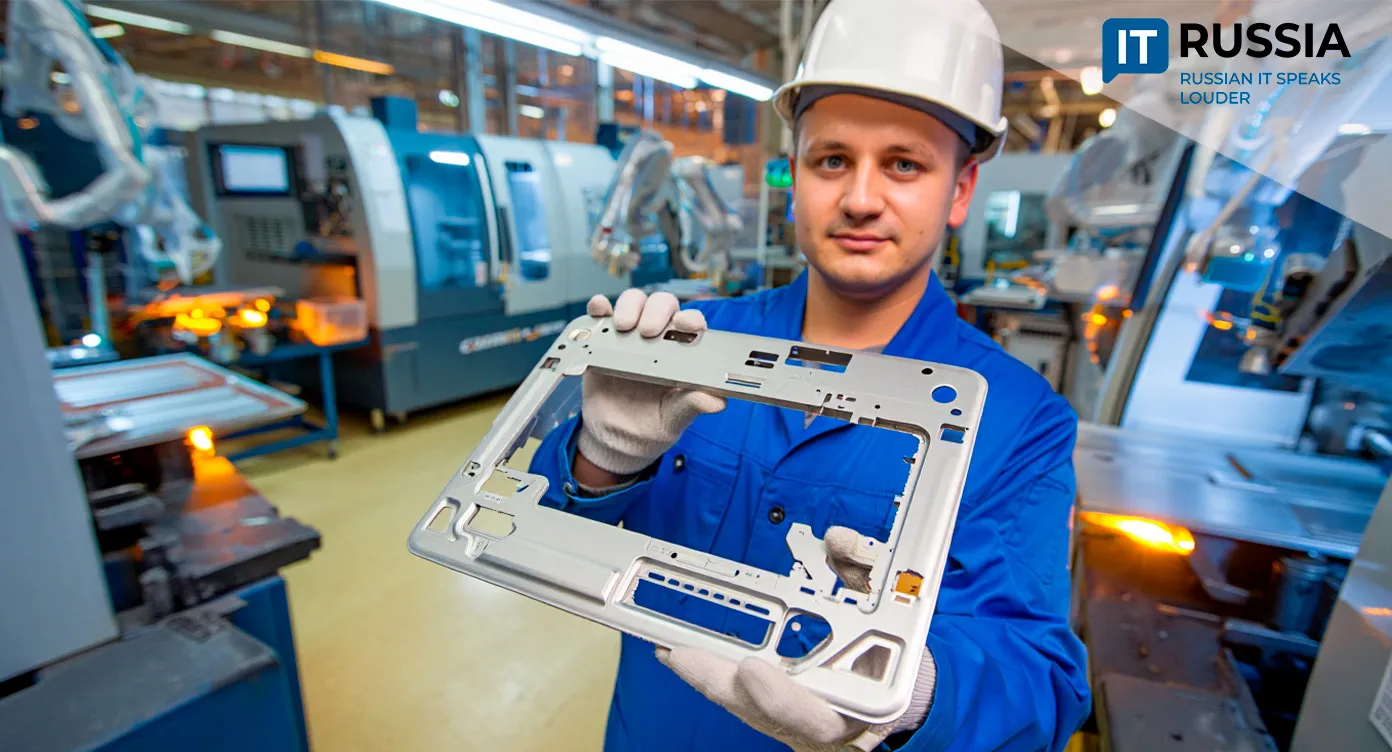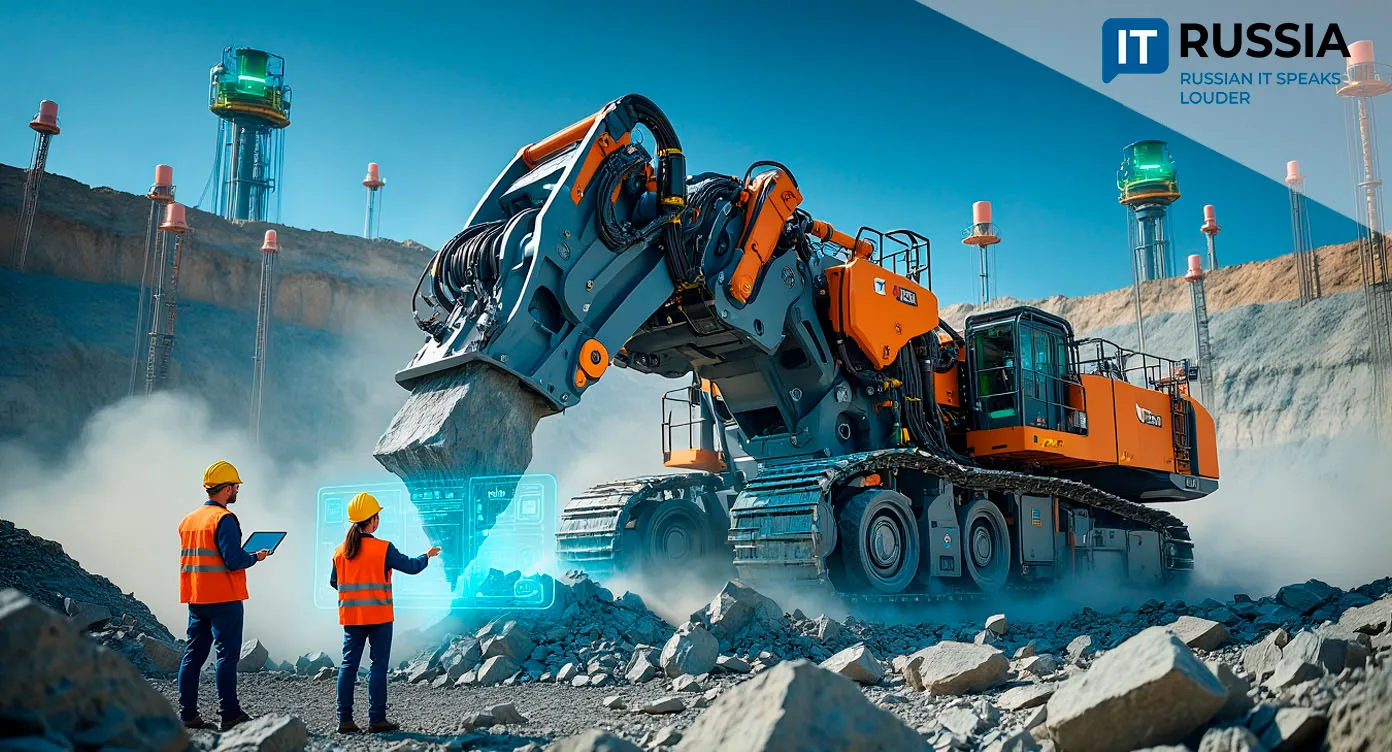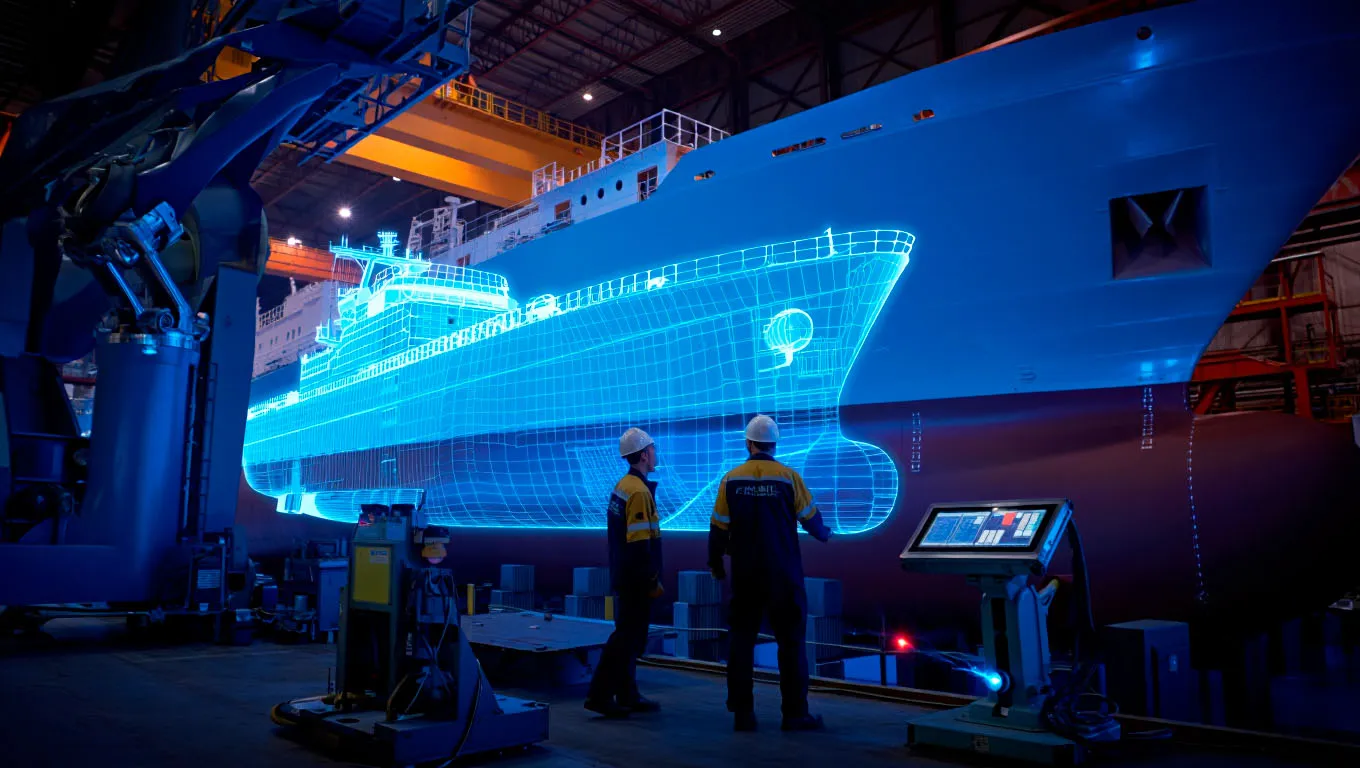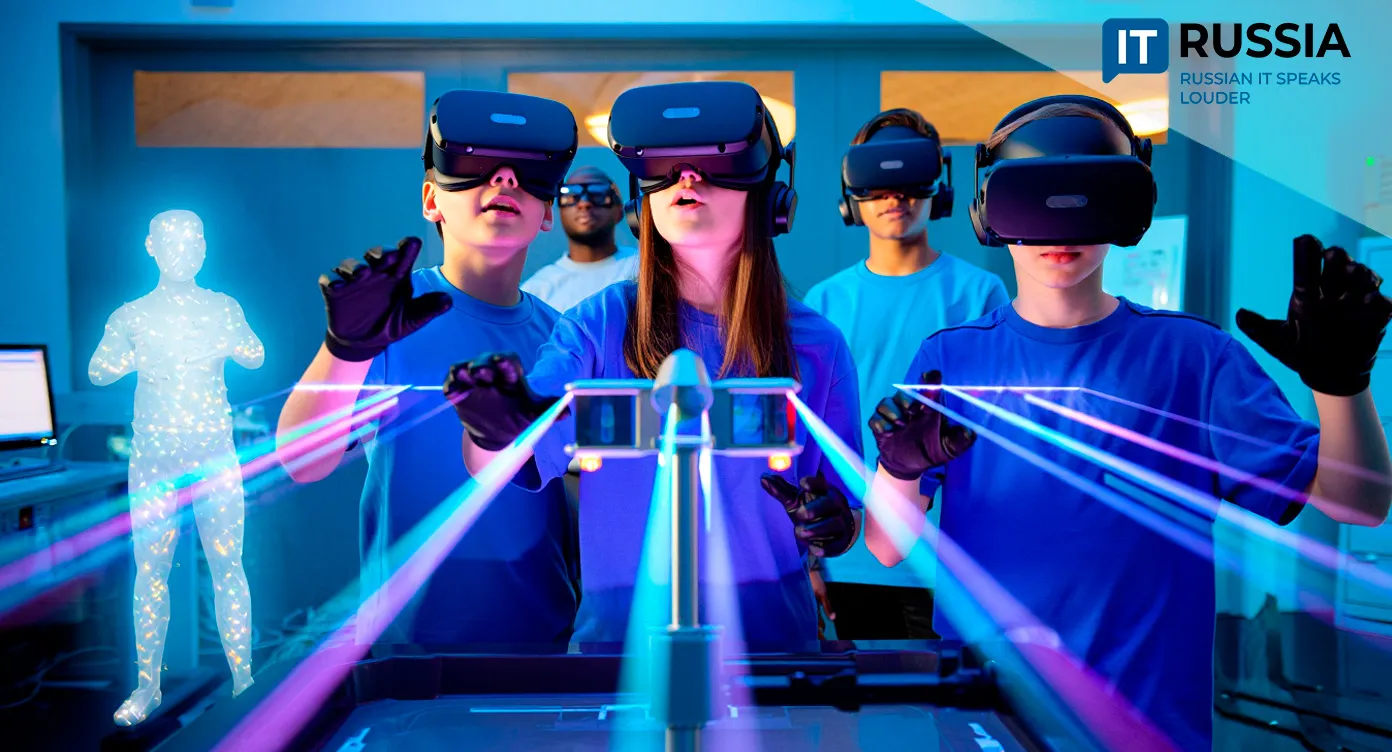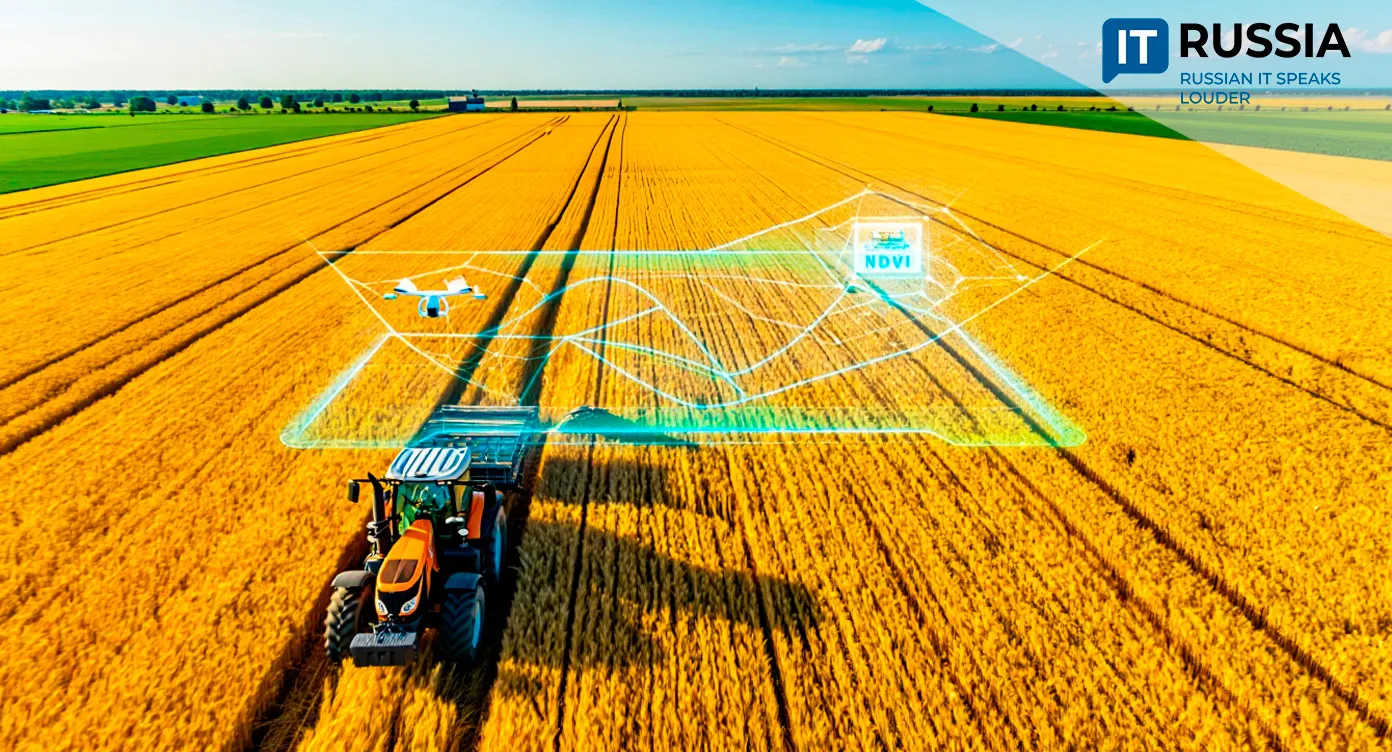Autonomous Mine: DonNTU’s Vision of the Future of Mining
The development of next-generation technologies in mining today is as important as extraction volumes themselves. A vivid example of this trend is the large-scale 'Mine of the Future' concept announced by Donetsk National Technical University (DonNTU).
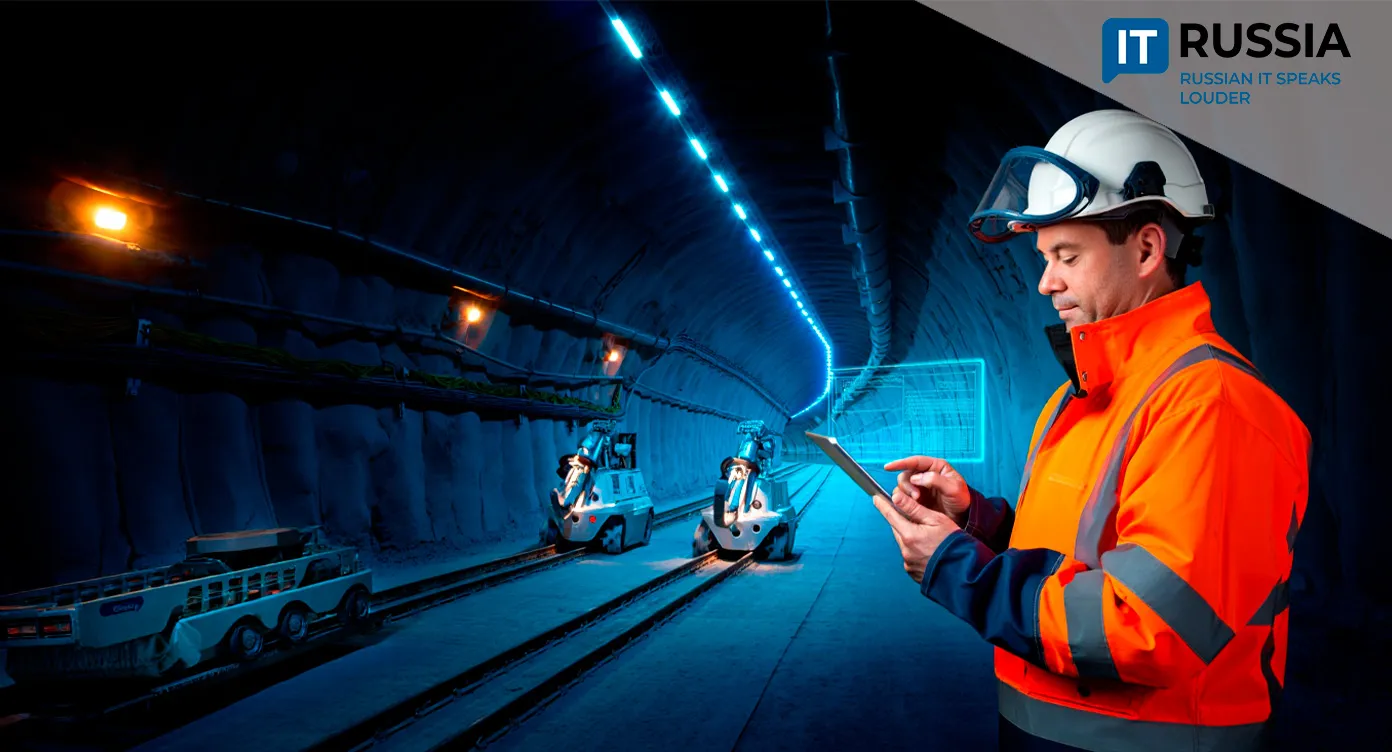
Why Donbass?
The mining sector urgently needs a technological breakthrough, and robotization has become its strongest advantage. Donetsk National Technical University’s initiative charts a path toward autonomous and safe mining operations. The project focuses on robotizing anthracite extraction—a valuable coal type often found at extreme depths, sometimes exceeding 1,000 meters.
The mines of Donbass are historically among the most complex and hazardous in the world. Great depths, high gas content, and the risk of sudden emissions and dust explosions make miners’ work extremely dangerous. The DonNTU project, developed jointly by the departments of Mining and Computer Technology, aims to fundamentally transform this paradigm by designing an integrated architecture where all major operations—from exploration and drilling to ore transport—are performed by unmanned and robotic systems.
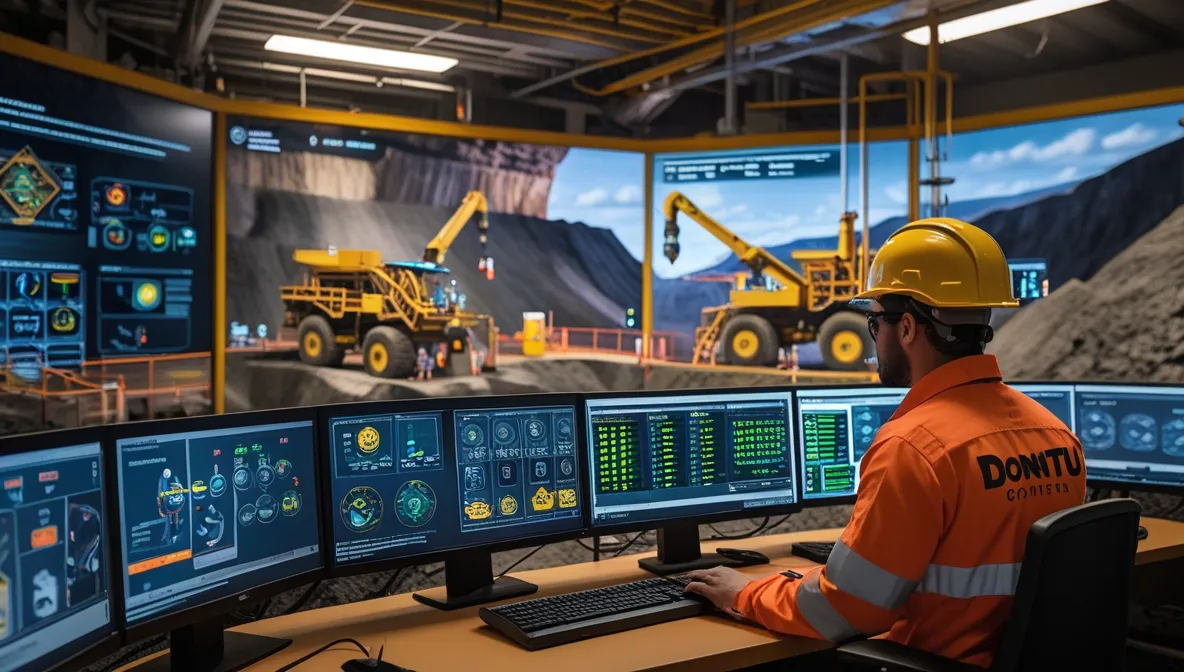
This approach directly addresses one of the industry’s toughest challenges: workplace safety. Replacing human labor in high-risk zones with robots drastically reduces the threat to life and health. For a region whose economy has relied on coal for centuries, the initiative offers not only recovery but a technological leap forward. Ultimately, the project will improve efficiency and competitiveness while advancing Russia’s technological sovereignty and import substitution strategy. Developing domestic solutions for autonomous mining creates a critical foundation for the nation’s entire mining industry.
A Global Trend
DonNTU’s initiative aligns perfectly with global developments. According to leading analytical agencies, the global market for autonomous mining solutions could exceed $5 billion by 2027, growing by roughly 10% per year. Russia plays an active role in this transformation.
Among key examples are autonomous open-pit operations. In the Khakassia coal basin, 130-ton BelAZ haul trucks equipped with AI systems are already running autonomously. Underground automation is also progressing—at Polyus’s Olympiada gold deposit, dozens of remote-controlled and semi-autonomous machines are in use. Robotic platforms further enrich the landscape: research institutions are testing drill robots like the Stinger Robot, capable of fully autonomous operations. China, however, remains the global frontrunner. At the Yimin Mine, a fleet of 100 electric driverless trucks operates via a 5G-Advanced network.
These technologies already deliver tangible results—increasing productivity by 15–25% and cutting operating costs. Yet deploying such solutions in Donbass’s extreme conditions is a challenge on a new level, one that DonNTU has chosen to meet head-on.
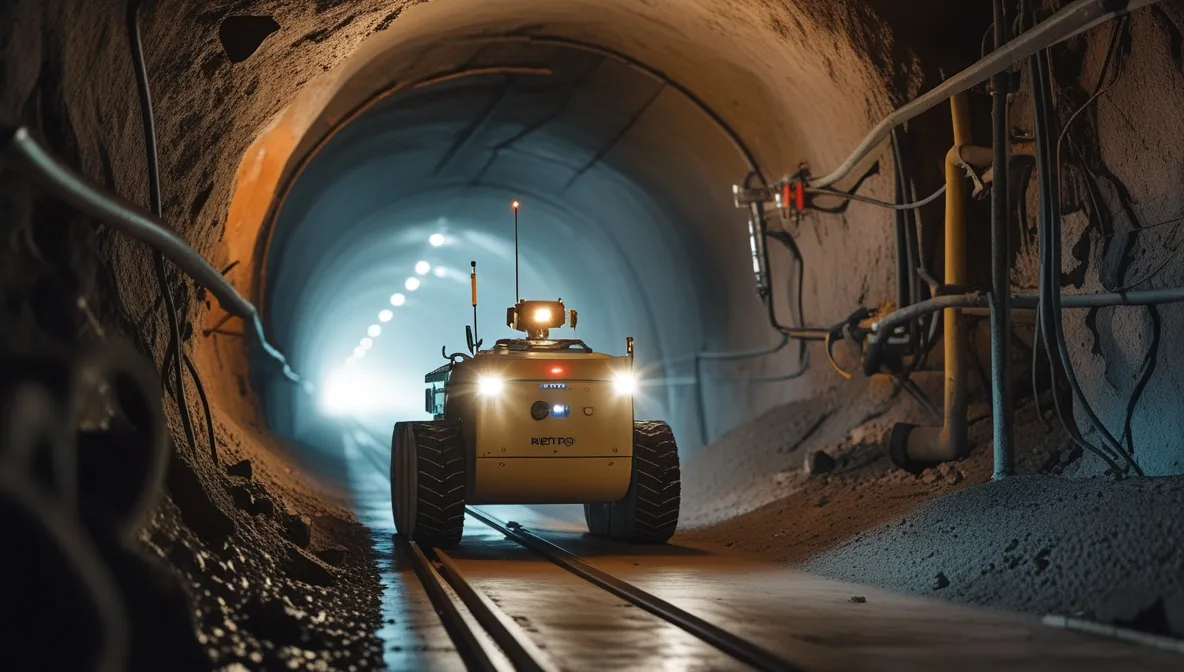
Prospects and Strategic Advantages
Successful implementation of the 'Mine of the Future' concept will unlock a range of long-term benefits for Russia. Domestically, it will serve as a catalyst for transitioning the entire coal and mining sector toward automation. The collaboration between IT experts and mining engineers at DonNTU will establish a unique scientific and educational cluster.
But the project’s greatest potential is export-oriented. Russian technologies, proven under the extreme conditions of Donbass, could become valuable on the international market. Many mining regions worldwide face similar challenges—depth, heat, and gas hazards. Offering tested, ready-to-deploy 'smart mine' solutions could form a new line of high-tech exports, strengthening Russia’s position as a technology power.
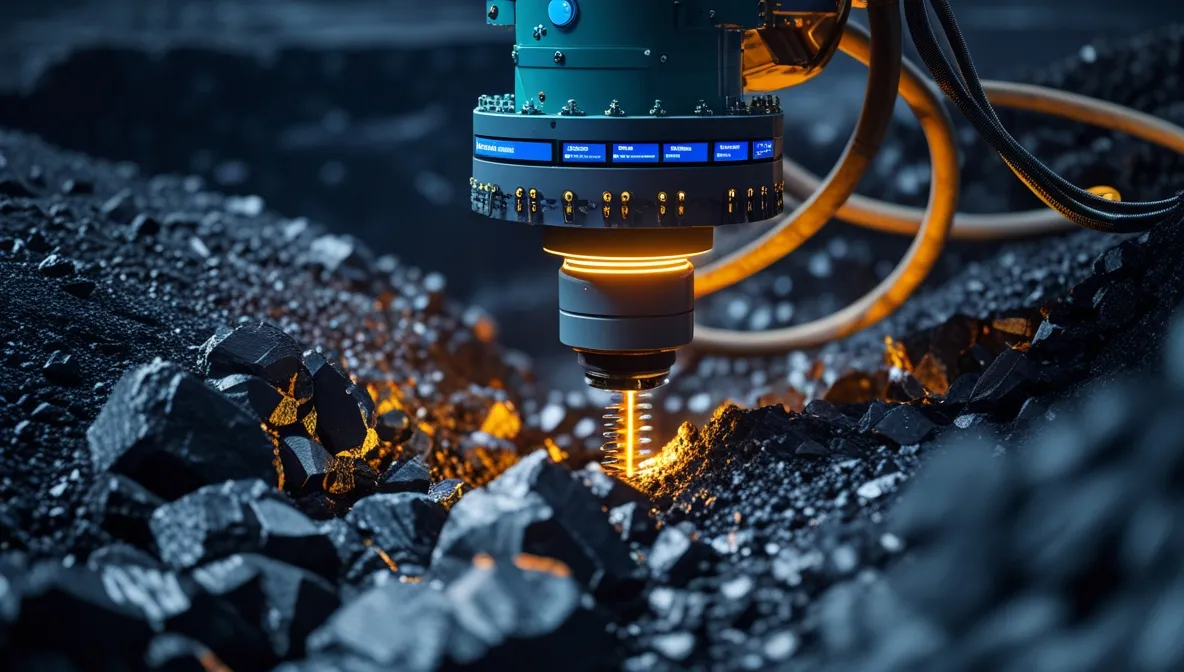
In the near future, prototypes and pilot trials will appear in selected tunnels. Within five years, the first partially automated sections are expected to emerge, significantly reducing human presence in hazardous zones. In the longer term, a fully digital mine ecosystem will take shape—where humans act as strategists and operators rather than direct labor. From Donetsk, this 'mine of the future' brings Russia’s mining sector closer to being not only powerful but technologically advanced.





